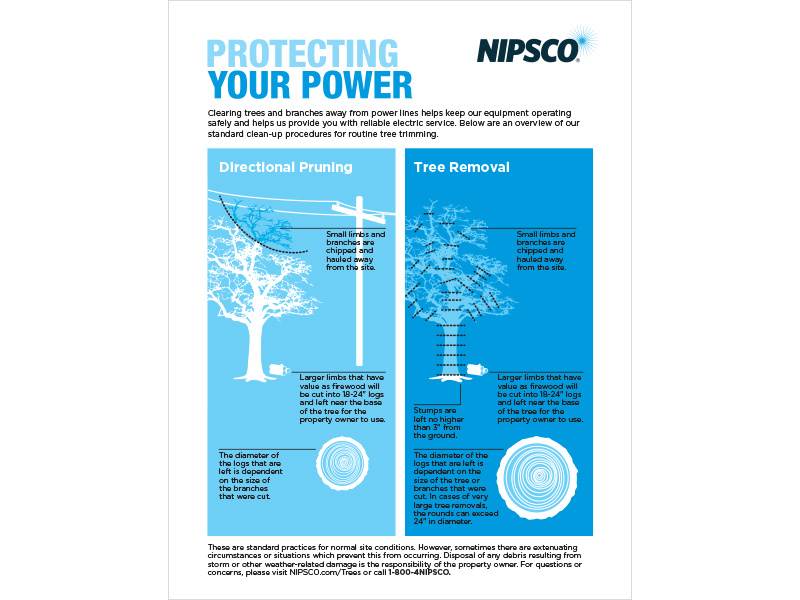Post-Tree Removal Treatment Plays A Substantial Duty In Landscape Reconstruction; Check Out Essential Steps To Improve Your Surroundings And Alleviate Future Issues
Post-Tree Removal Treatment Plays A Substantial Duty In Landscape Reconstruction; Check Out Essential Steps To Improve Your Surroundings And Alleviate Future Issues
Blog Article
Material Writer-Franks Leblanc
After a tree's removal, your landscape may look quite various, and it's necessary to analyze the results carefully. You'll want to review the soil disturbance and examine bordering plants for any kind of indicators of stress. Overlooking these aspects can lead to larger troubles down the line. So, what should you do with those stumps and roots? And just how do you select the most effective plants for your revitalized room? Allow's check out these vital actions.
Analyzing the Aftermath: Evaluating Your Landscape
After a tree removal, it's important to examine your landscape to recognize the effect it has on your lawn.
Start by taking a look at the location where the tree stood. Search for indications of dirt disruption, and check the bordering plants for any type of stress or damage.
You need to likewise make note of just how the removal has actually transformed sunshine direct exposure and air movement in your garden. This shift can influence the development of neighboring plants, so it's vital to review their health and wellness.
Consider the aesthetic facets as well; the removal may develop an open space that you can revamp.
Ultimately, think of any kind of potential erosion issues that could emerge from the tree's absence. Dealing with these variables early will assist recover balance to your landscape.
Dealing With Stumps and Roots: Alternatives for Elimination
As soon as you've analyzed the aftermath of the tree removal, you'll likely need to deal with the stump and origins left behind.
You have a few options for removal. One efficient technique is stump grinding, where a professional makes use of a device to grind the stump to underground degree. This technique leaves minimal disruption to your landscape.
If you like a DIY technique, you can use a combination of digging and chemical stump eliminators. Simply keep in mind, this process can require time and effort.
Conversely, think about leaving the stump as a natural function, which can act as an unique yard component or habitat for wildlife.
Whatever you select, resolving the stump and origins is vital for recovering your landscape.
Picking the Right Plant Kingdoms for Your New Area
As you assess your newly cleared room, picking the right plants can significantly boost your landscape's elegance and performance.
Start by taking into Pruning A Maple Tree and dirt conditions. For sunny locations, opt for drought-resistant plants like lavender or succulents. In shaded areas, ferns and hostas thrive well.
Consider the size and development practices of your plants; mix perennials and annuals for seasonal range. Don't fail to remember to incorporate indigenous types; they require much less upkeep and support neighborhood wild animals.
Group plants in weird numbers for an extra all-natural look and produce layers for visual deepness.
Lastly, guarantee you have a mix of colors and structures to maintain your landscape dynamic throughout the periods.
Satisfied growing!
Final thought
In conclusion, recovering your landscape after tree removal is a gratifying process. By evaluating the consequences, addressing stumps and roots, and picking the right plants, you'll produce a flourishing setting. Do not neglect to include disintegration control measures to shield your dirt. With a little initiative and care, you can transform your space right into a vibrant garden that enhances your home. Accept Stump Grinding Near Me to rejuvenate your landscape and delight in the appeal of nature right in your yard!
